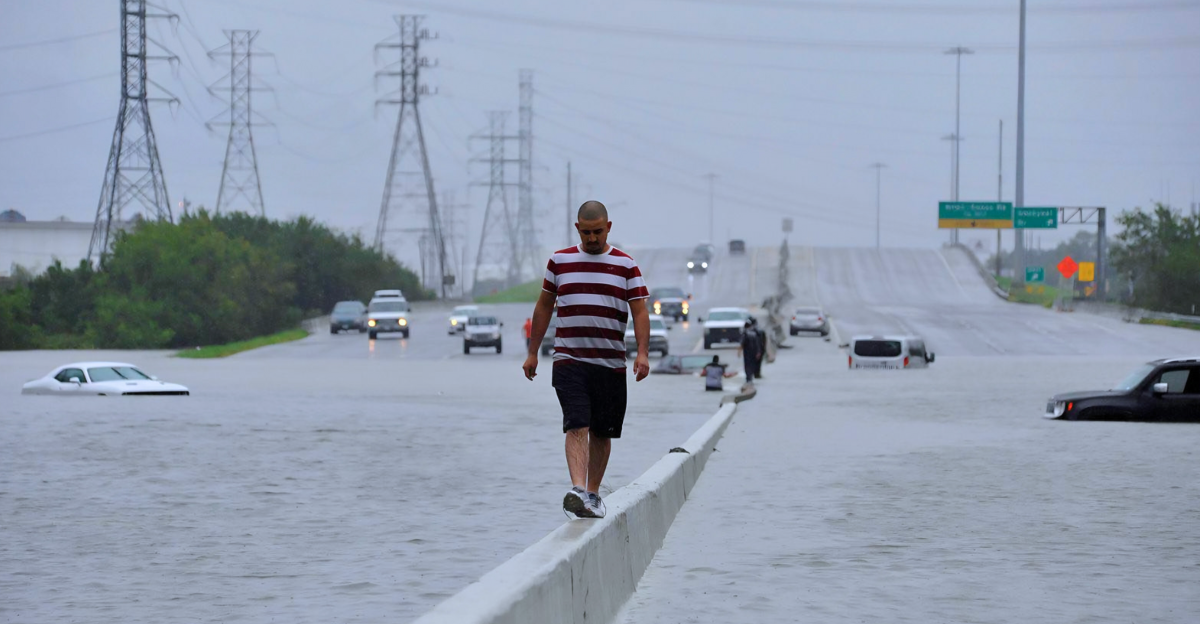
Texas is facing a crisis as relentless heavy storms have unleashed widespread, deadly flooding across the state. This storm has brought devastation and sadness across the state, with many losing more than they could have imagined. These rains have overwhelmed rivers and drainage systems, crippling neighborhoods, stranding residents, and calling for urgent evacuations in multiple communities.
Emergency responders are working around the clock to rescue those trapped by rising waters, while local authorities urge everyone in affected areas to seek higher ground and heed evacuation orders.
Communities Caught Off Guard
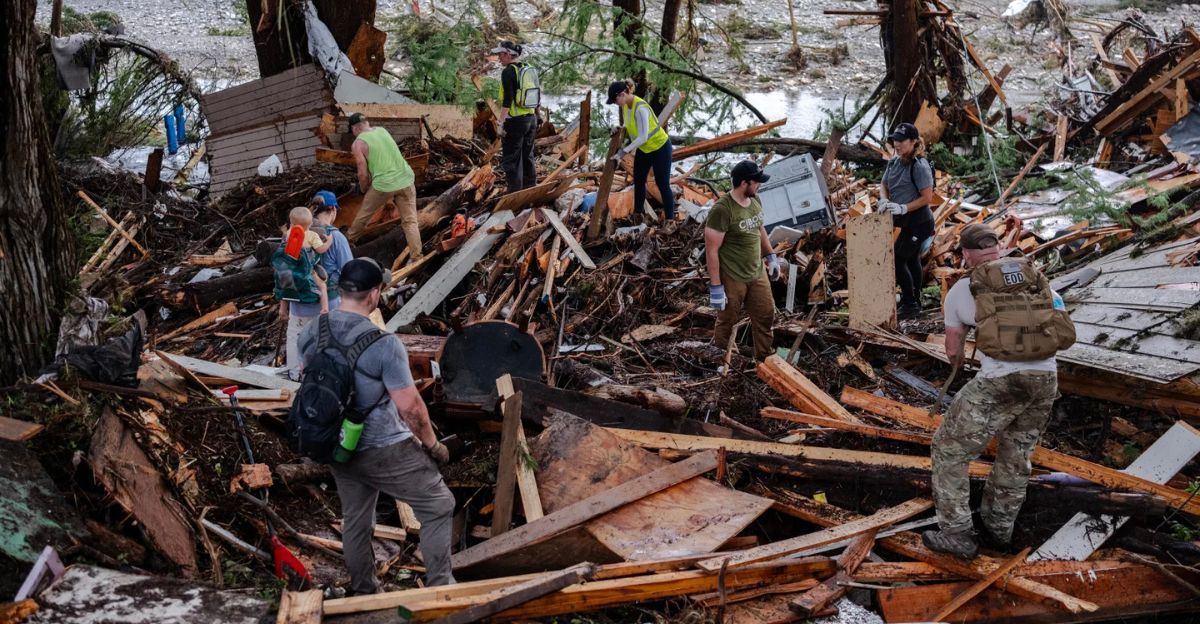
Many Texas communities were caught off guard as the deadly floods struck with little warning and unprecedented force. Residents along rivers like the Guadalupe went to bed on what seemed like a typical night, only to wake up hours later to rapidly rising waters and urgent evacuation efforts.
“What they need is some kind of external system, like a tornado warning that tells people to get out now,” said Christopher Flowers. Despite some early weather advisories, the intensity and speed of the flooding overwhelmed both local officials and emergency systems, as many people either did not receive alerts in time or underestimated the danger.
Emergency Evacuations and Rescue Operations
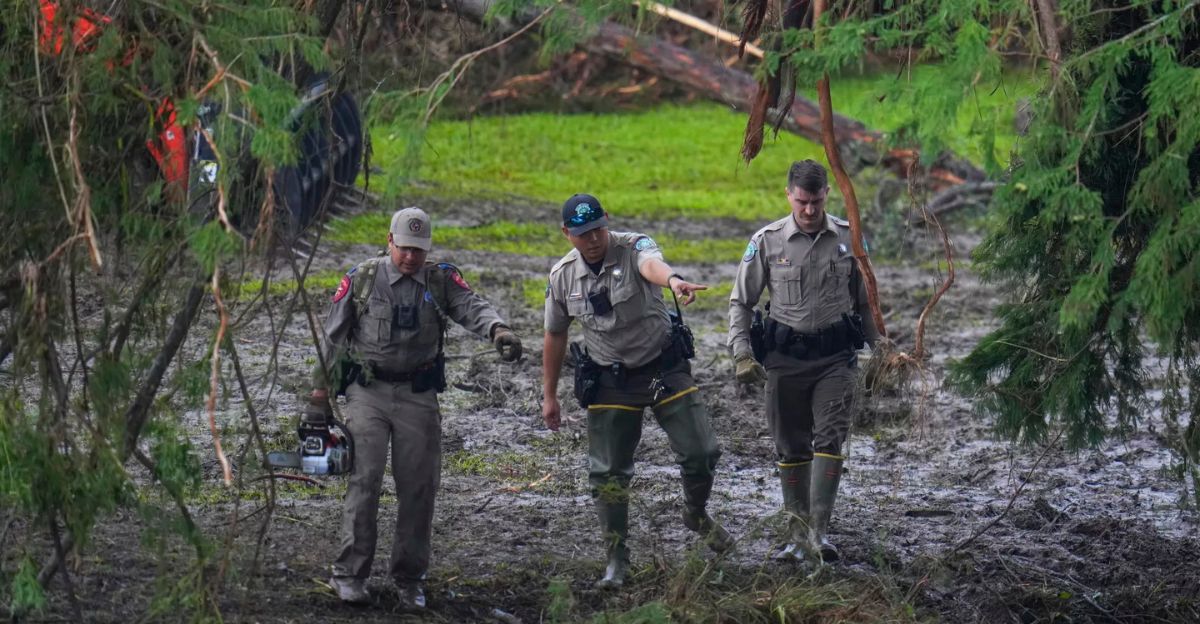
This flood left little time for responders to act, but first responders, like the local fire departments, the National Guard, and volunteer rescue teams, mobilized swiftly to reach those stranded in flooded homes and vehicles. Helicopters hovered above flooded neighborhoods, airlifting families to safety, while boats navigated swift currents to rescue residents and pets from rooftops and isolated areas.
Despite treacherous conditions, rescue crews worked tirelessly through the night, coordinating efforts with local officials and using every available resource to save lives and ensure that the most vulnerable received immediate assistance.
The Cause of the Flooding
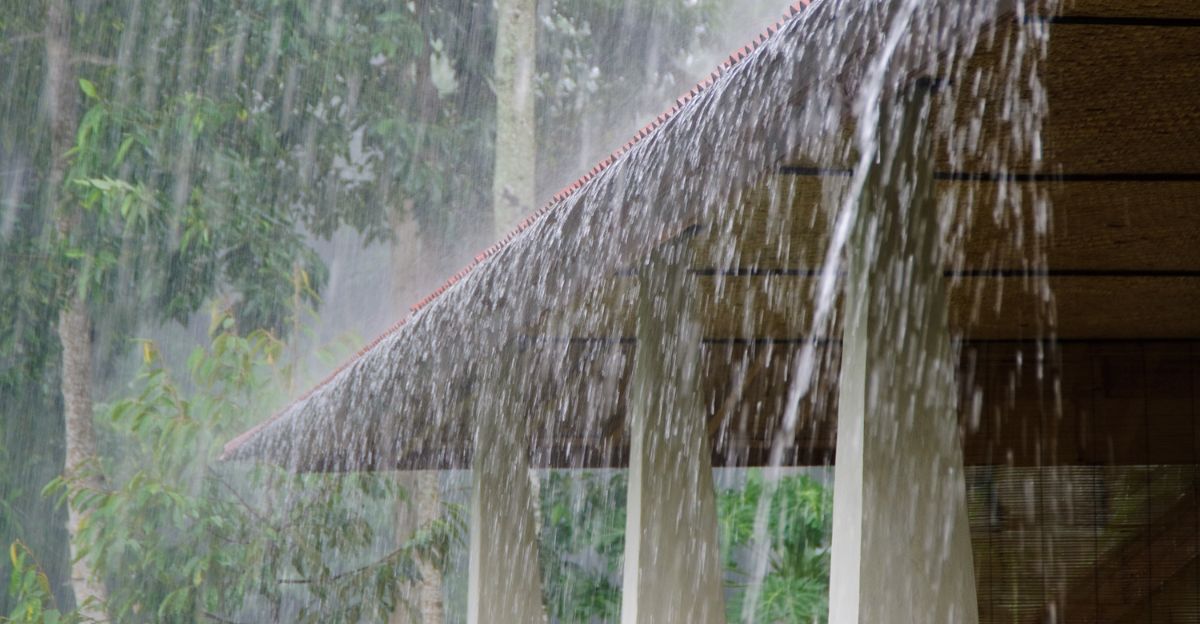
The devastating flooding in Texas was set in motion by relentless torrential rains that battered the region over several days. Record-breaking downpours quickly saturated the ground, causing rivers and creeks to overflow their banks and turning streets into raging waterways.
In some areas, rainfall totals soared well above monthly averages in just hours, overwhelming drainage systems and leaving little time for communities to prepare. Meteorologists described the event as exceptional, with rainfall rates reaching levels rarely seen outside of major hurricanes.
Areas That Were Hit the Hardest
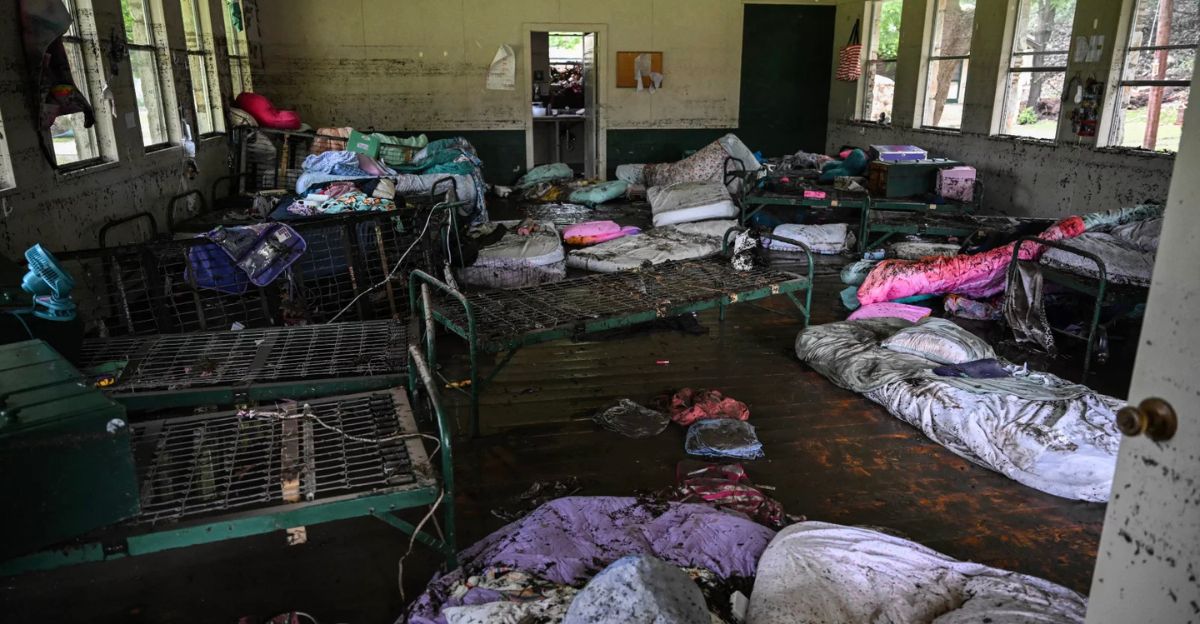
The storm’s path carved a trail of devastation through Central Texas, with the Texas Hill Country being the hardest-hit region. Communities along the Guadalupe River, including Hunt, Kerrville, and Comfort, experienced some of the most dramatic and deadly flooding. “We know we get rain. We know the river rises,” said Kerr County Judge Rob Kelly, the county’s top elected official. “But nobody saw this coming.”
The disaster was especially acute in Kerr County, where dozens of fatalities were reported and more than 20 children from a summer camp went missing as the river rose overnight. Other counties, like Burnet, Travis, Kendall, Tom Green, and Williamson, also suffered extensive damage, with flash flood emergencies and disaster declarations issued across the region.
Focus On a Camp Tragedy
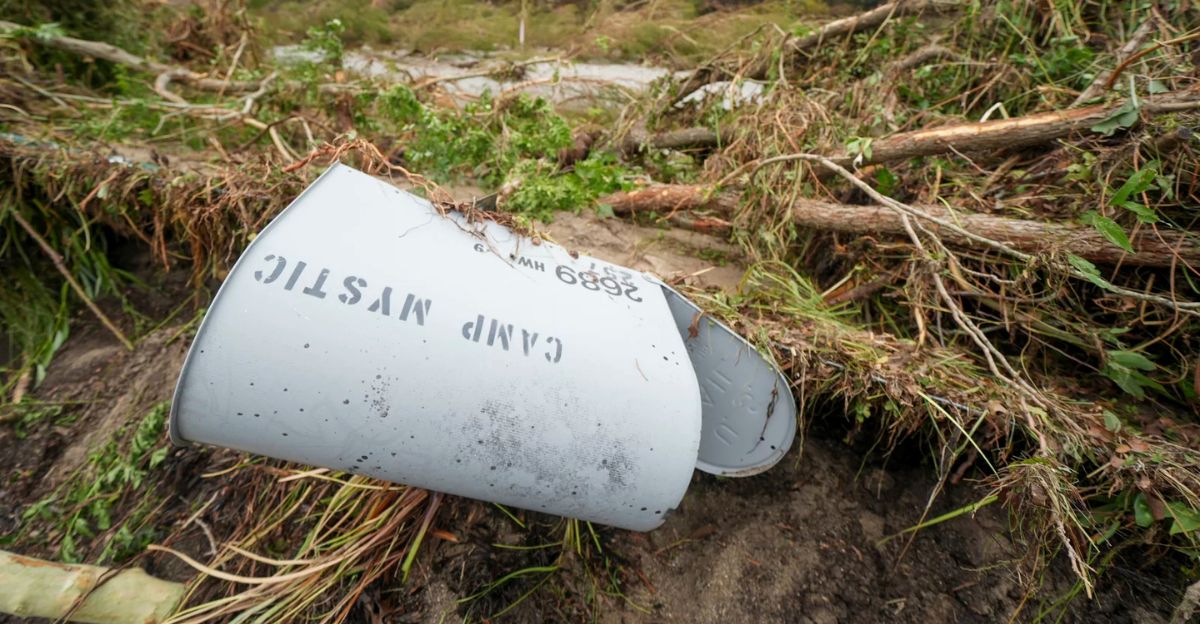
Camp Mystic, a beloved Christian summer camp for girls nestled along the Guadalupe River, became the epicenter of heartbreak as the catastrophic floods struck in the predawn hours of July 4. Nearly 750 campers were asleep in their cabins when the river, swollen by almost a foot of rain, surged an astonishing 26 feet in just 45 minutes. The floodwaters tore apart cabins, scattered personal belongings, and left a haunting scene of mud-caked bunks and ruined summer memories.
As of Sunday, at least 59 people in Kerr County, including 21 children, were confirmed dead, with 11 Camp Mystic girls and a counselor still missing. “You’d see kayaks in trees… then there were first responders in the water pulling out girls. And there were huge trees ripped out of the ground and their roots. And it didn’t look like Camp Mystic anymore,” said one of the campers, Stella Thompson.
Weather Service Under Fire

In the aftermath of the deadly Texas floods, the National Weather Service (NWS) has received intense scrutiny from local officials and the public. Critics argue that forecasts underestimated the storm’s severity, with some Texas leaders stating that the rainfall totals and flood risks were not adequately communicated in advance.
The NWS, however, maintains that it issued timely flood watches and flash flood warnings, providing several hours of lead time before waters began to rise. The debate has been further fueled by concerns over staffing shortages at key NWS offices, following recent federal budget cuts that left vital positions unfilled.
Delayed Warnings and Scrutiny of Forecasts
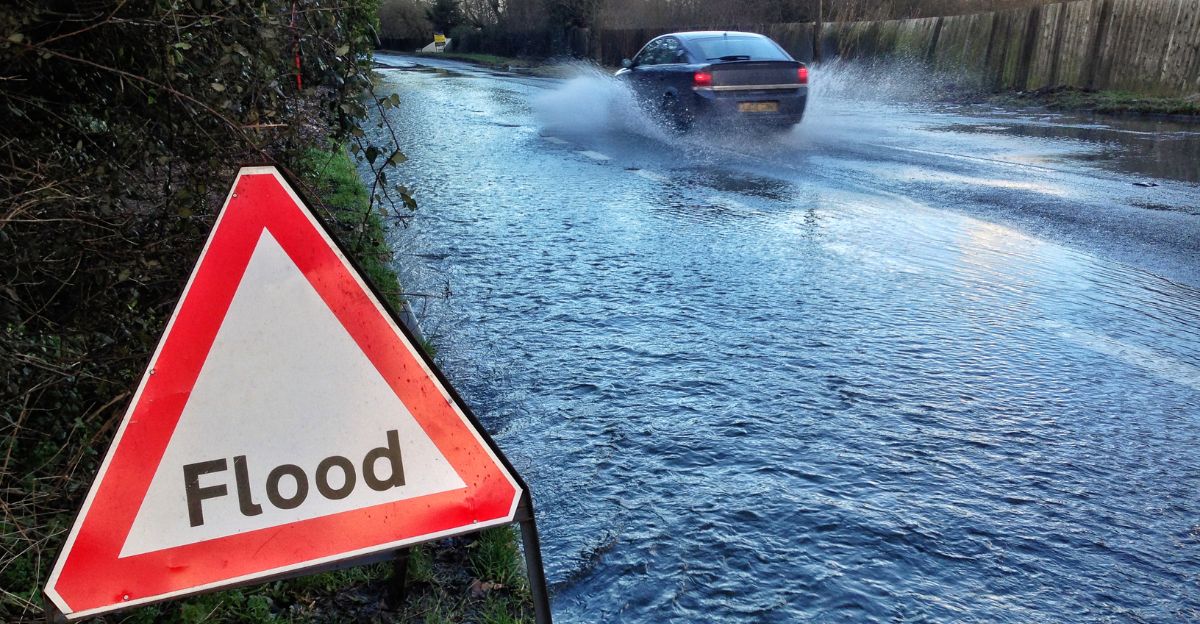
While the National Weather Service (NWS) issued flood watches and flash flood warnings several hours before the disaster, many residents and local officials felt caught off guard by the sheer scale and speed of the flooding. Early advisories predicted heavy rainfall but did not anticipate the catastrophic amounts that ultimately fell, leading to complacency in some communities.
The NWS has defended its actions, stating that alerts were issued with several hours of lead time and that staffing shortages did not hinder their response. “The WFOs (weather forecasting offices) had adequate staffing and resources as they issued timely forecasts and warnings leading up to the storm,” said Tom Fahy, legislative director for the NWS Employees Organization.
Federal and State Response
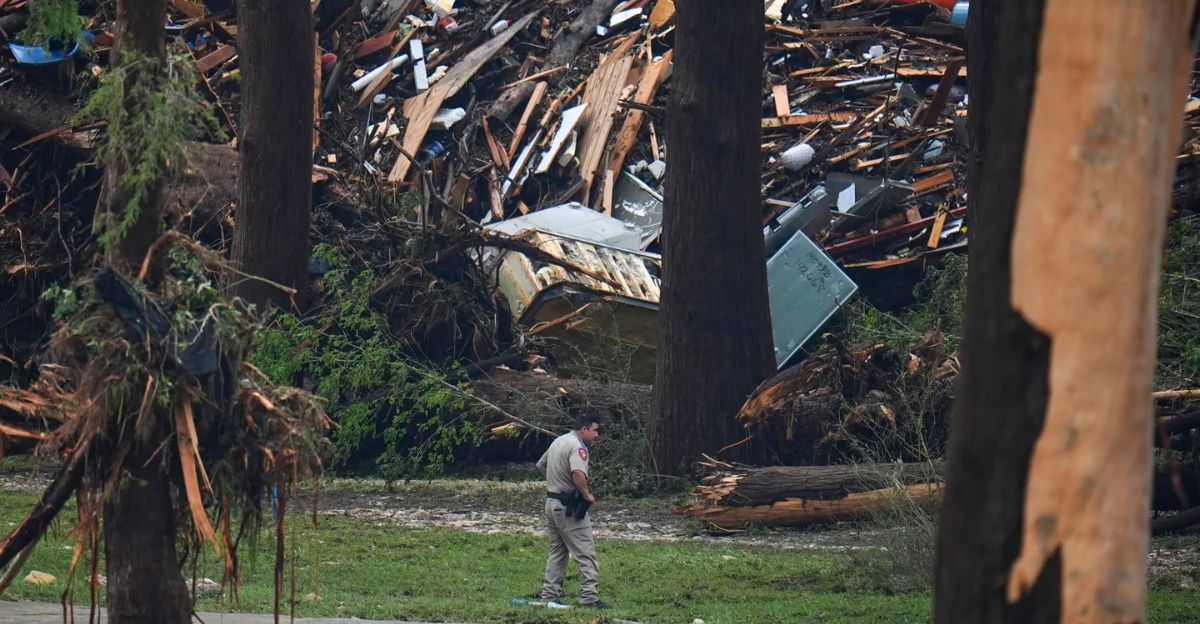
President Trump swiftly declared a major disaster for the hardest-hit regions, activating the Federal Emergency Management Agency (FEMA) to provide critical resources and support for local first responders. “It’s a horrible thing that took place, absolutely horrible. So we say, God bless all of the people that have gone through so much, and God bless, God bless the state of Texas,” said Donald Trump to reporters.
FEMA teams, alongside the U.S. Coast Guard and Texas National Guard, deployed aircraft, boats, and ground crews to assist in search-and-rescue operations. At the same time, the Department of Homeland Security coordinated logistics and emergency relief. At the state level, Governor Greg Abbott mobilized the Texas Division of Emergency Management and the Texas Military Department, ensuring more than 1,000 personnel, including firefighters, medics, and law enforcement officers, were on the ground to rescue stranded residents and deliver aid.
Ongoing Search and Recovery Efforts
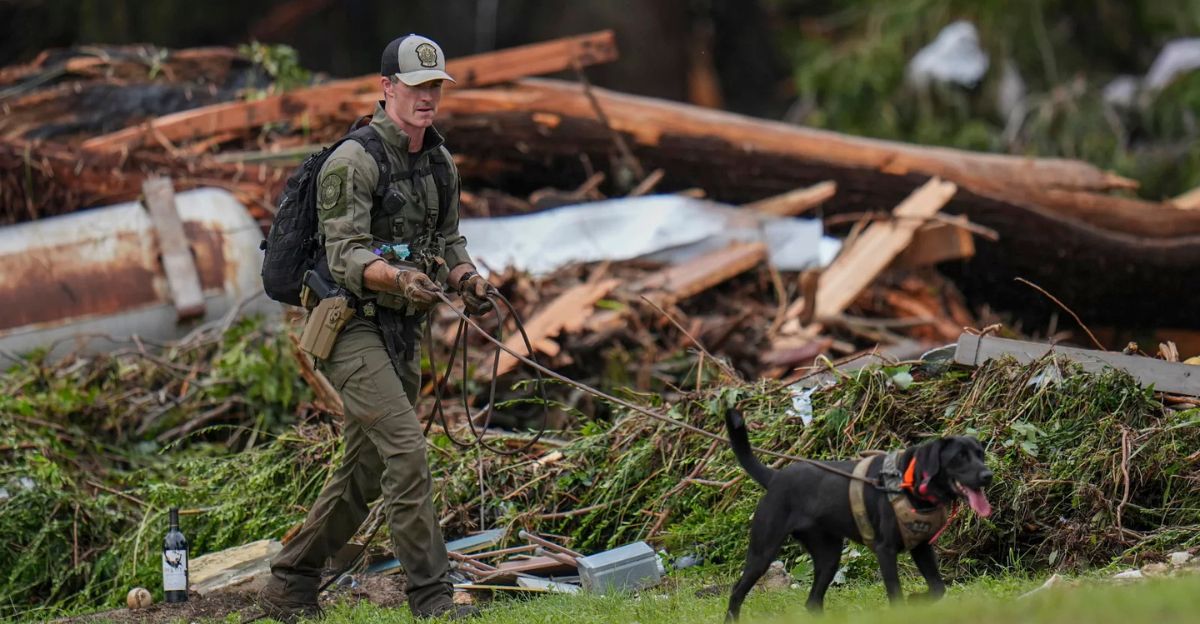
Rescue crews work around the clock, deploying helicopters, drones, boats, and K-9 units to comb through mud-choked riverbanks, debris-filled neighborhoods, and submerged vehicles. Authorities are still searching for 10 girls and a counselor from Camp Mystic, while 41 people remain unaccounted for across the region.
Despite challenging conditions, more than 850 rescues have been carried out, with some survivors found clinging to trees or rooftops. “We’re doing everything we can to find their missing loved ones,” said W. Nim Kidd, chief of the Texas Division of Emergency Management.







